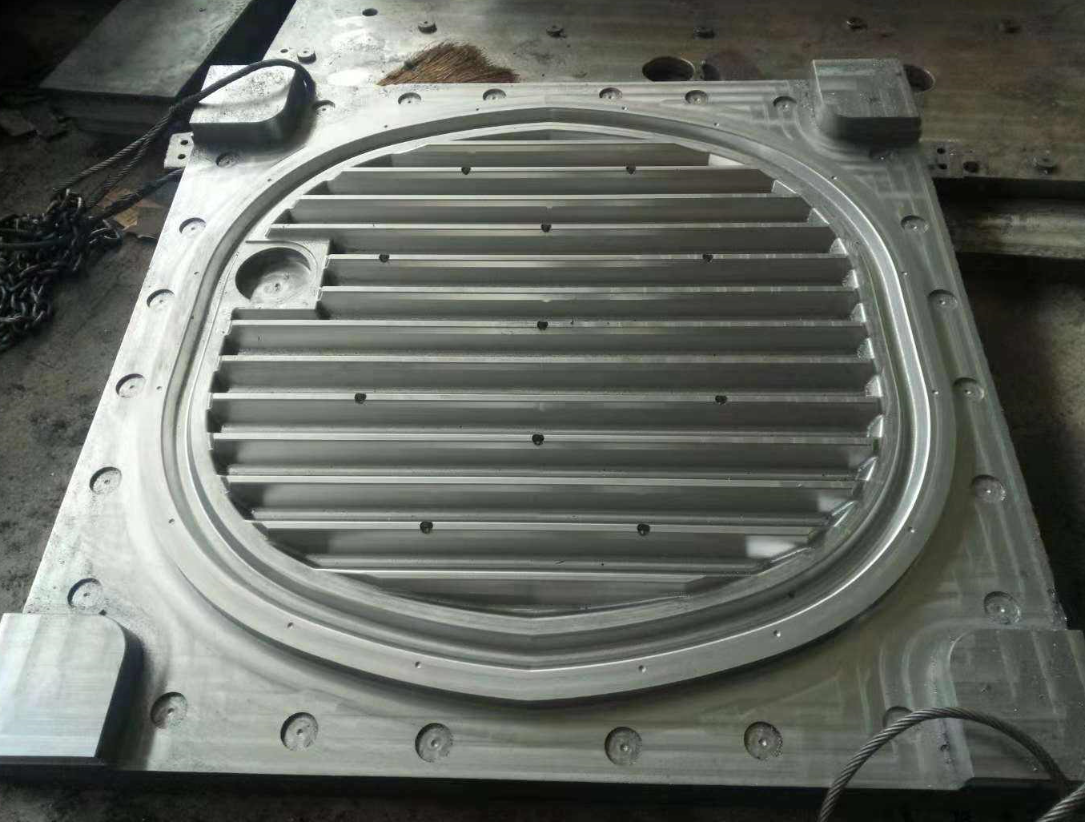1. Accept the task book of FRP mold
The task book for forming FRP parts is usually proposed by the part designer, and the content is as follows:
1). Formal drawing of the finished product after review and signing, and indicate the brand and technical parameters of the product used.
2). Manual or technical requirements for FRP parts.
3). Production output.
4). Samples of FRP parts.
Usually the mold design task book is proposed by the glass fiber reinforced plastic parts craftsman according to the task book of the formed glass fiber reinforced plastic parts, and the mold designer designs the mold on the basis of the formed glass fiber reinforced plastic part task book and the mold design task book.
2. Collect, analyze, and digest the original data of FRP molds
Collect and organize relevant parts design, molding process, molding equipment, mechanical processing and special processing data for use when designing molds.
1). Digest the drawings of FRP parts, understand the purpose of the parts, and analyze the technical requirements such as the manufacturability and dimensional accuracy of the FRP parts. For example, what are the requirements of FRP parts in terms of appearance, color transparency, and performance, whether the geometric structure, slope, and inserts of FRP parts are reasonable, the allowable degree of welding marks, shrinkage and other forming defects, and whether they are coated or not. Post-processing such as assembly, electroplating, bonding, and drilling. Select the size of the plastic parts with extremely high dimensional accuracy for analysis, and see if the estimated molding tolerance is lower than the tolerance of the FRP parts, and whether the FRP parts that meet the requirements can be formed. In addition, it is necessary to understand the curing and molding process parameters of FRP products.
2). Digest the process data, analyze whether the molding method, equipment model, material specification, mold structure type and other requirements proposed in the process specification are appropriate and whether they can be implemented.
The molding material should meet the strength requirements of FRP parts, and have good fluidity, uniformity, isotropy, and thermal stability. According to the purpose of FRP parts, the molding material should meet the requirements of dyeing, metal plating, decorative properties, necessary elasticity and plasticity, transparency or opposite reflection properties, adhesiveness or weldability.


3. Determine the molding method
Using direct pressure method, casting method or injection method.
4, select molding equipment
Molds are made according to the type of molding equipment, so I am familiar with the performance, specifications, and characteristics of various molding equipment. For example, for a molding machine, the following should be understood in terms of specifications: molding capacity, molding pressure, speed, mold installation size, ejection device and size, mold opening method, nozzle hole diameter and nozzle spherical radius, sprue sleeve positioning ring Dimensions, mold thickness and small thickness, template stroke, etc., see relevant parameters for details.
It is necessary to preliminarily estimate the dimensions of the mold and determine whether the mold can be installed and used on the selected molding machine.
5. Specific structure plan
(1) Determine the mold type
Such as compression molds (open, semi-closed, closed), casting molds, injection molds, etc.
(2) Determine the main structure of the mold type
Choosing the ideal mold structure is to determine the necessary molding equipment and the ideal number of cavities, so that the mold itself can meet the requirements of the process technology and production economy of the FRP parts under reliable conditions. The technological requirements for glass fiber reinforced plastic parts are to ensure the geometric shape, surface finish and dimensional accuracy of glass fiber reinforced plastic parts. The economic requirement of production is to make the cost of glass fiber reinforced plastic parts low, high production efficiency, continuous working of the mold, long service life, and labor saving.
MB/Wechat/Whatsapp:+0086-13456489912
sophiemould@foxmail.com


Post time: Jul-01-2021
